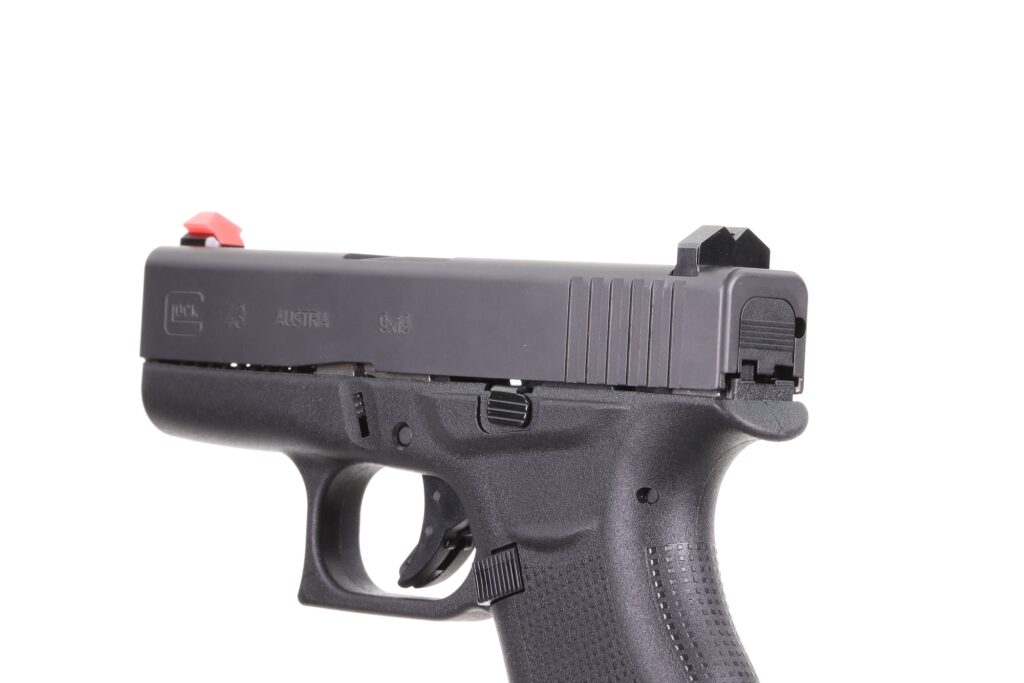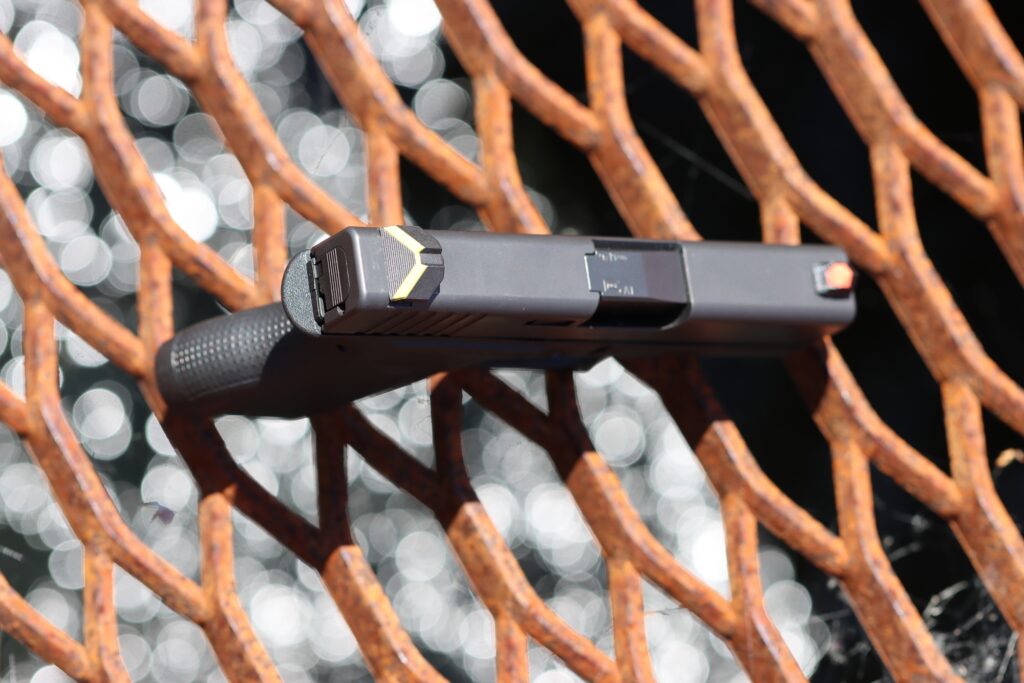A Better Understanding Of How Iron Sights Work
Introduction
In the world of firearms, iron sights are a timeless and essential component. These simple yet effective sighting systems have been relied upon for centuries, providing shooters with the means to aim accurately. In this comprehensive guide, we will delve into the world of iron sights, explore the various types available, and uncover the mechanics that make them work. Whether you’re a seasoned shooter or new to firearms, understanding iron sights is fundamental to your shooting proficiency. The OuterImpact Pyramid and Dark Diamond Sights are the pinnacle of speed, acquisition and preference.
What Are Iron Sights?

Basics of Iron Sights
Iron sights are the traditional, non-optical sighting systems found on firearms. They consist of two main components:
- Front Sight: Located near the muzzle of the firearm, the front sight is a raised, blade-like structure.
- Rear Sight: Positioned closer to the shooter’s eye, the rear sight features a notch or aperture through which the front sight is aligned.
How Do Iron Sights Work?
Understanding the mechanics of iron sights is essential to effectively using them for accurate shooting. Here’s how they work:
1. Sight Alignment
To achieve accuracy with iron sights, the shooter must align the front and rear sights precisely. This involves centering the front sight within the rear sight notch or aperture. Proper alignment ensures that the firearm is pointed in the direction of the target.
2. Sight Picture
Achieving a sight picture involves aligning the sights with the target. The shooter must focus on the front sight while also keeping the target in view. This allows for precise aiming and target acquisition.
3. Point of Impact
The point of impact is where the bullet will strike the target. When the shooter aligns the sights correctly and maintains a consistent sight picture, the bullet should impact the target at the desired location.
Types of Iron Sights
Iron sights come in various configurations, each with its unique advantages. Here are some common types of iron sights:
1. Open Sights
Open sights are the simplest type of iron sights. They consist of a front post and a rear notch. Open sights are found on many handguns and rifles. While they are easy to use, they may be less precise for long-range shooting.
2. Peep Sights
Peep sights, also known as aperture sights, feature a small rear aperture through which the shooter aligns the front sight with the target. This design enhances accuracy, especially for long-range shooting.
3. Tritium Night Sights
Tritium night sights are equipped with small tubes containing tritium gas, which glows in low-light conditions. These sights are ideal for nighttime or low-light shooting, providing enhanced visibility.
Advantages of Iron Sights
1. Durability
Iron sights are known for their durability. They can withstand harsh conditions and continue to function reliably, making them suitable for military and outdoor use.
2. Simplicity
Iron sights are straightforward to use and require no batteries or additional maintenance. This simplicity is appealing to many shooters.
3. Low-Light Performance
Some iron sights, such as Tritium night sights, offer excellent low-light visibility, ensuring accurate shooting in dimly lit environments.

Conclusion
Iron sights are the foundation of accurate shooting and have stood the test of time. Their simplicity, durability, and effectiveness make them a valuable tool for shooters of all levels. Whether you are a beginner learning the basics or an experienced marksman honing your skills, understanding how iron sights work is essential for achieving accuracy with firearms.
In our next articles within this series, we’ll explore the different types of iron sights in more detail and provide practical tips for using them effectively.
